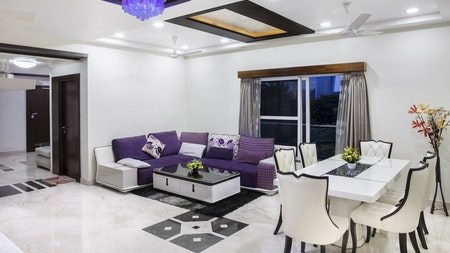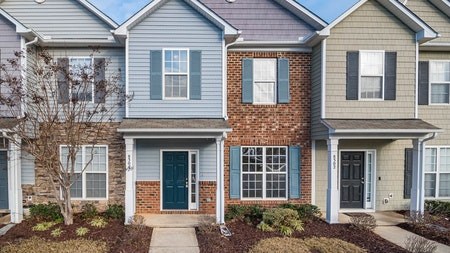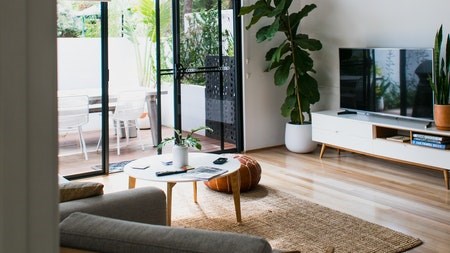The first issue of Rode’s Report on the South African Property Market for 2021 shows that the office market remains the riskiest due to a swelling vacancy rate as a result of the work-from-home trend and an oversupply of commercial space built during the last few years when the economy was already struggling.
On the positive side, industrial property is still doing well due to its superior fundamentals, while house prices are performing better than expected.
The listed property market continued its end-of-year recovery in the first quarter of 2021 as shown by the improvement in the share prices of JSE-listed Real Estate Investment Trusts (REITs) - albeit from a low base.
Industrial property
Fundamentally, industrial property is still in the best position compared to the other non-residential property types, due to its few speculative developments, low vacancies and recovering rental growth. In the first quarter of 2021 nominal rentals for prime space of 500 m² grew by 1% year on year, nationwide. This is better than the 0,5% growth achieved in 2020, but still well below the 5% rental growth of 2019. Although experiencing fewer headwinds than the office and retail property markets, the slow rental growth shows that the industrial market is also feeling the effect of the weak economy.
Offices
Rode’s office market survey for the first quarter of 2021 indicates that commercial landlords’ worst fears have been realised. Market rentals are still dropping further due to a growing oversupply as employees continue to work from home. No major city recorded above inflation office rental growth, with rentals for decentralised Grade-A space decreasing by 5% in the first quarter of 2021 compared to the first quarter of 2020. This is the third consecutive quarter showing a decline in rentals countrywide.
House prices
The report shows that house prices in South Africa remain buoyant with nominal price growth reaching about 4% in February 2021 compared to February 2020 due to the low interest rate.
“This implies that so far in 2021 house prices have surprisingly outpaced consumer inflation, which averaged 3% in the first two months of the year,” says Rode Report editor, Kobus Lamprecht.
“This is very encouraging as house prices have been declining in real terms - after deducting consumer inflation - since 2016.”
However, he says there are early signs that the market is starting to cool, with prices essentially trending sideways month to month since December.
This is possibly because the impact of the low interest rate is starting to fade, and high unemployment statistics and salary cuts are starting to play more of a role in curbing demand growth.
Flat rentals may have peaked
The latest Rode data indicates an improvement in flat vacancy rates to 12% in the first quarter of 2021 - from a high of 12,9% in the fourth quarter of 2020. However, vacancy rates are still well above the 9,2% average of 2020. High vacancy rates have put enormous pressure on flat rentals, which is likely to continue in the short term as tenants remain under significant financial pressure.
Lamprecht says that flat rentals are under pressure due to a stock oversupply, linked to huge increases in new rental stock in 2018 and especially 2019, along with weakening demand as the weak economy hit tenant finances.
Furthermore, the rental market has been hit by some financially sound tenants who chose to buy flats or houses as the monthly cost of owning compared to renting is similar since the sharp decline in interest rates in 2020. Another aggravating factor is that many landlords have shifted from short-term letting to tourists to more stable long-term contracts. This has particularly affected certain areas of Cape Town.
Rental growth is expected to remain under pressure for some time, and to be successful under these conditions rental agents and landlords will need to be extra vigilant in screening new tenant applicants. They should also continually look for innovative ways of retaining existing reliable tenants.
Future prospects
The data from the report shows that residential building activity is recovering much faster than in the non-residential sector from the lows reached in the second quarter of 2020.
This makes sense as residential market fundamentals, like house prices and rentals, still managed to show growth in 2020, while non-residential market fundamentals - particularly for office and retail property - were worse off.
“We know from rigorous research that the growth in property values – including house prices - is positively correlated with the economy,” says Lamprecht.
“This brings us to the crucial question: when will short-term interest rates be normalised again? When that happens, a bloodbath is almost certainly awaiting us at some time in the future.”
Read the complete report here: https://rode.co.za/RR20211digital06042021.pdf.





